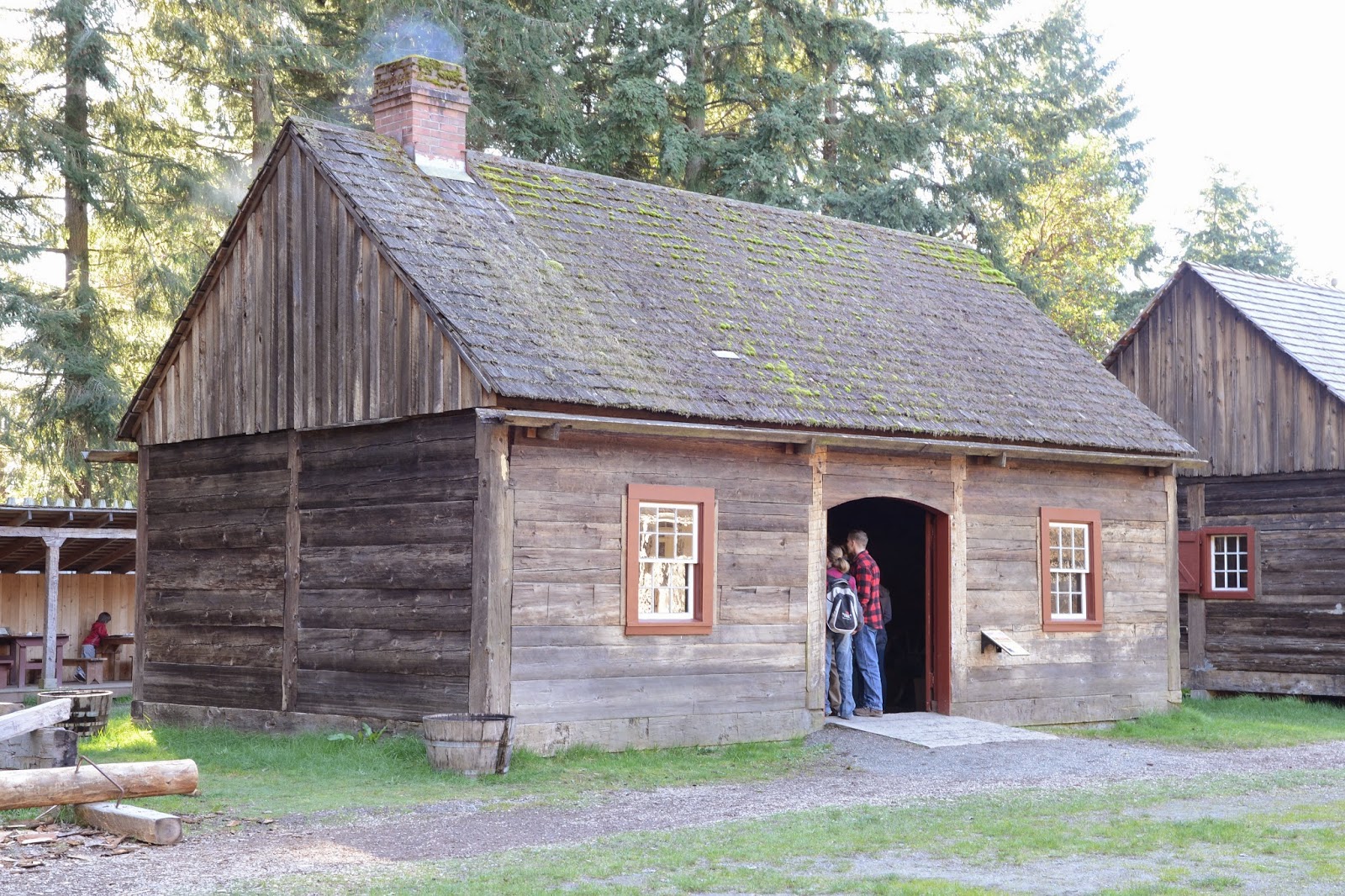The Board of Trustees and Museum Staff are responsible for the governance and management of the Northwest Railway Museum. Measuring efficacy requires benchmarks, but also a commitment to at least considering new ideas. Periodically, there are organized efforts for Trustees and Staff to experience programs, and learn about policies and practices at other institutions. This allows the Train Museum's leaders to maintain a working knowledge of best practices, and to see the best new ideas at other institutions. There is certainly a "fun factor" in visiting and exploring other museums, but it is a lot of work, too.
 |
Scot Keller leads a tour.
|
 |
| Collections care is performed on the first floor with a fully equipped auto shop. |
 |
Stanley Steamer - a steam-powered automobile!
|
 |
An early Ford F series truck.
|
 |
Auto colors of the fifties were often seen inside passenger trains too
|
 |
Main entry for Fort Nisqually.
|
 |
Checkers anyone?
|
 |
One of the original structures moved to Point Defiance Park in 1935.
|
 |
The Fort Nisqually exhibit includes a blacksmith demonstration.
|






